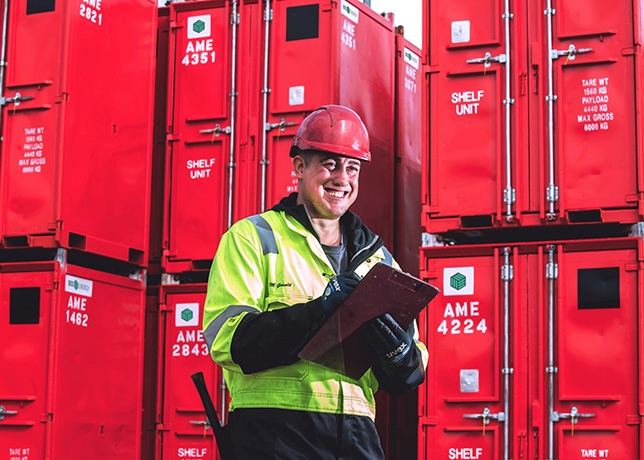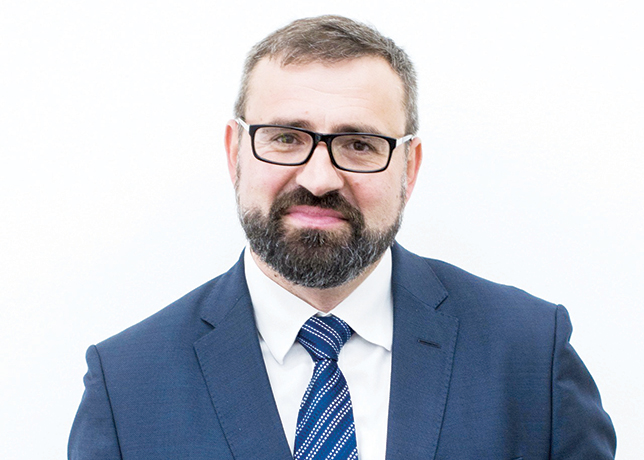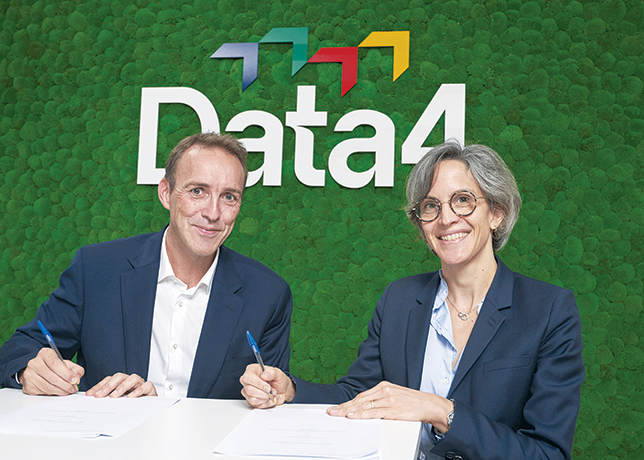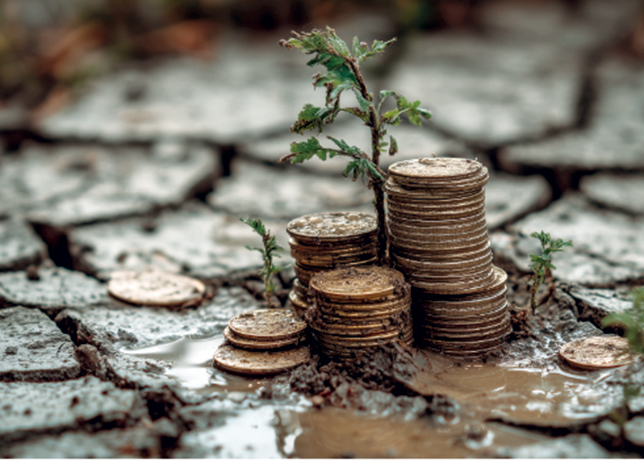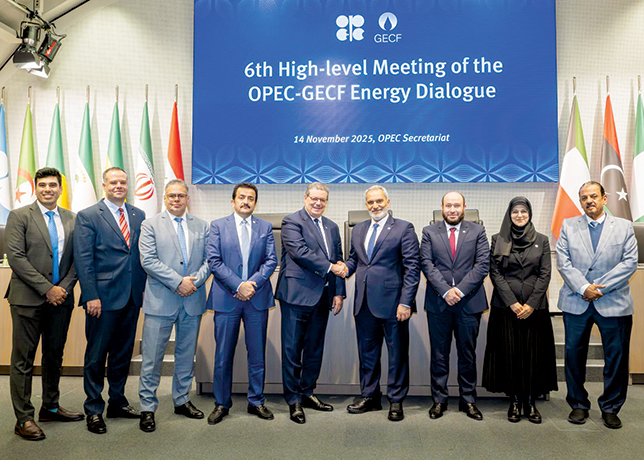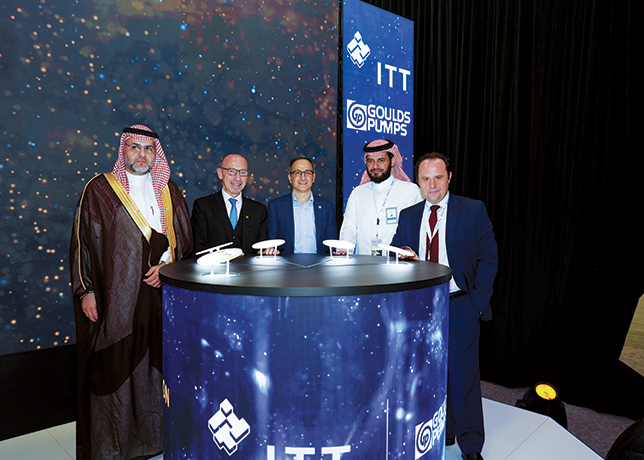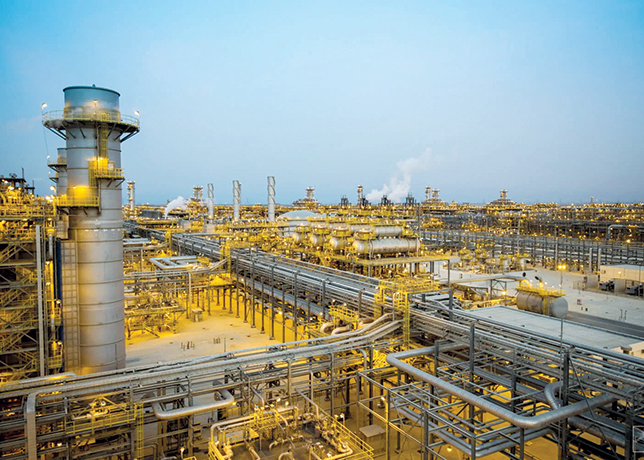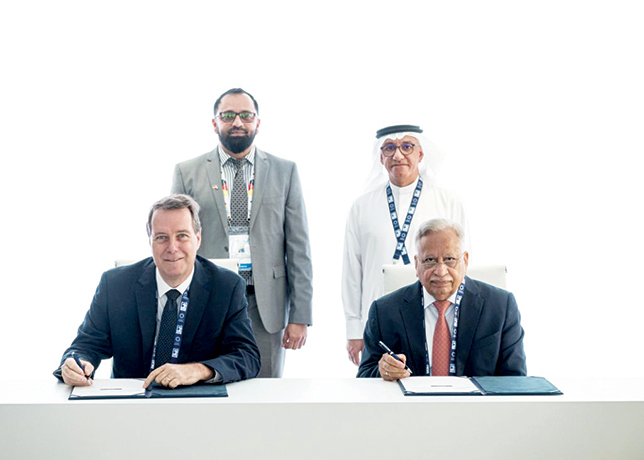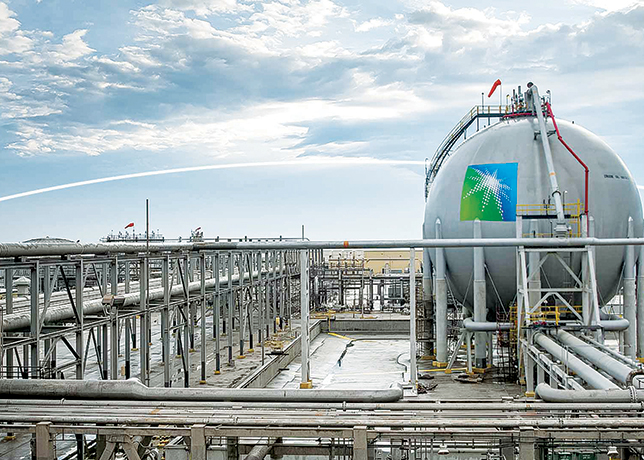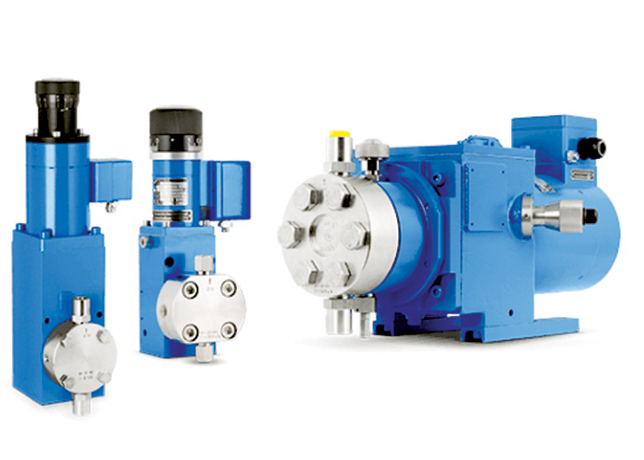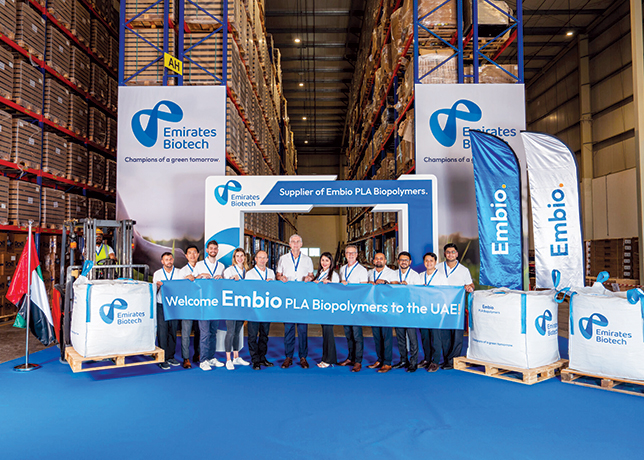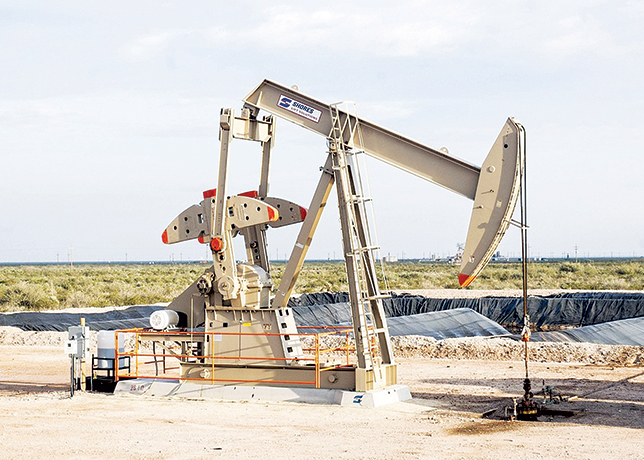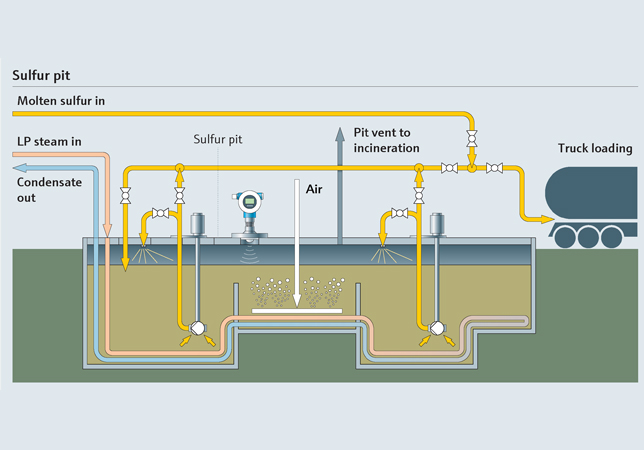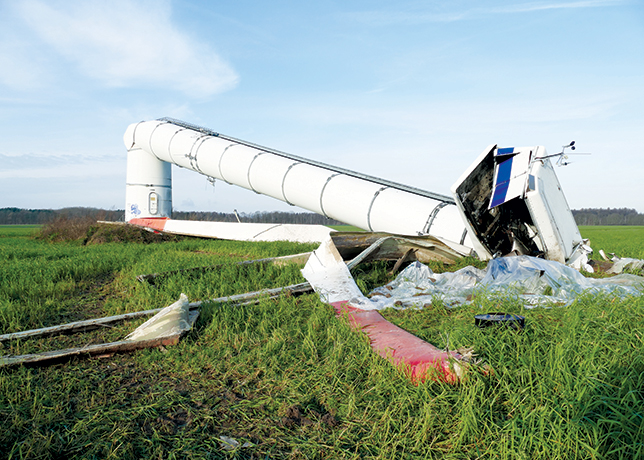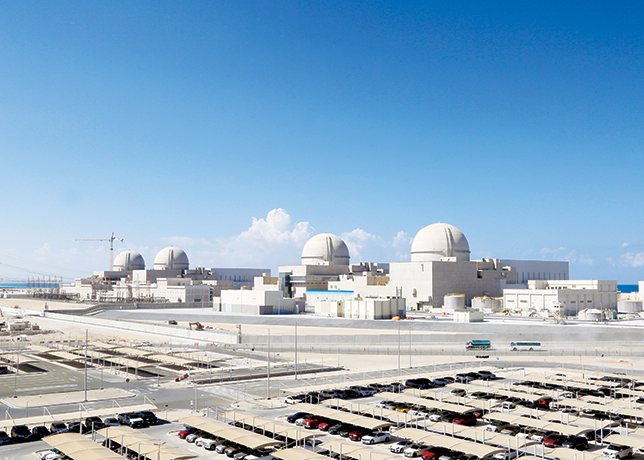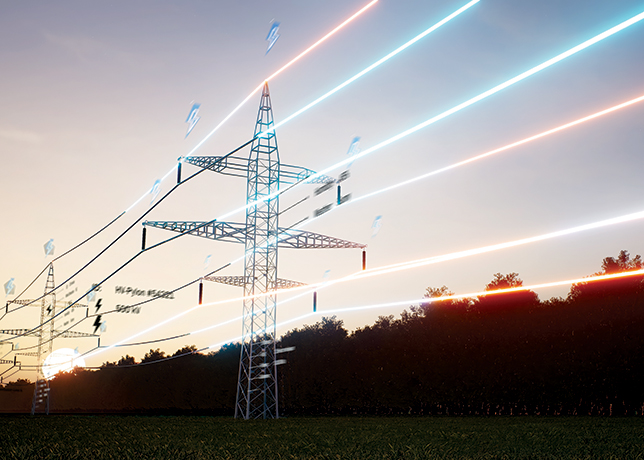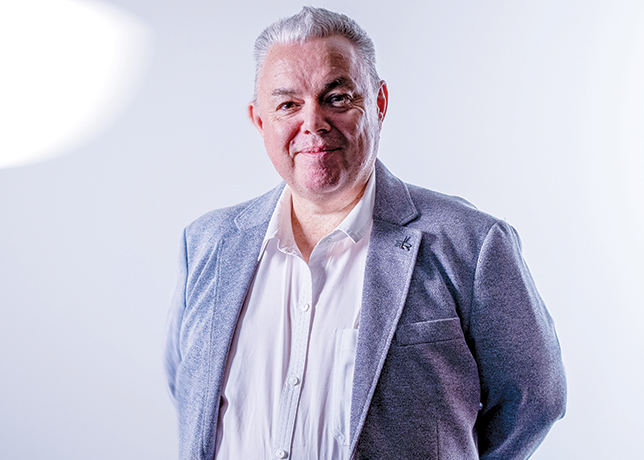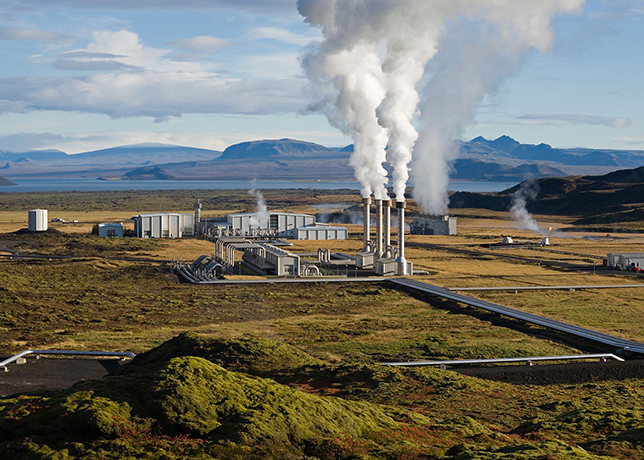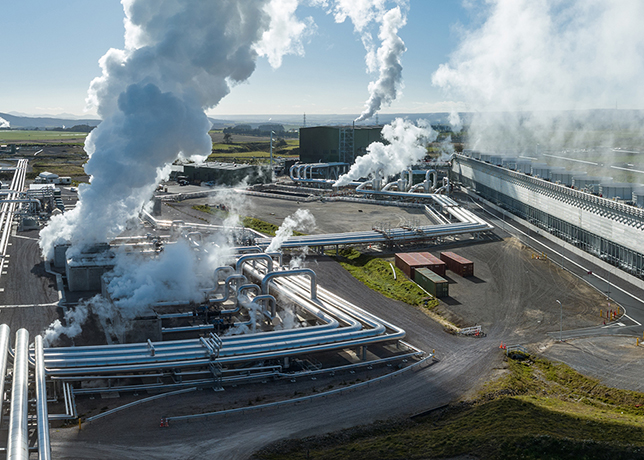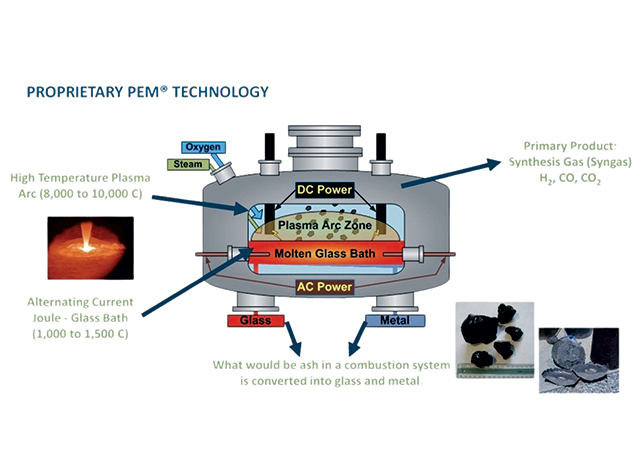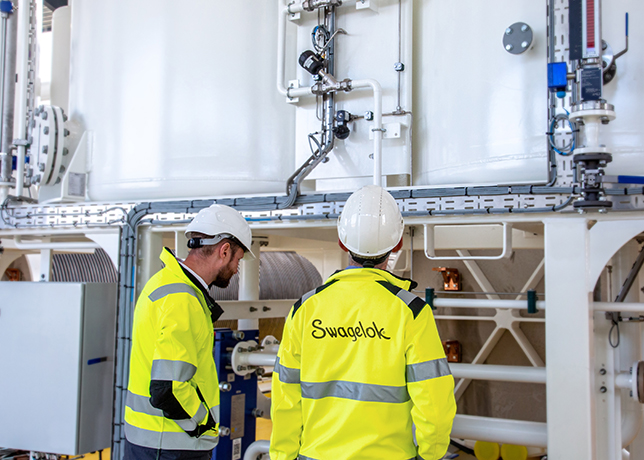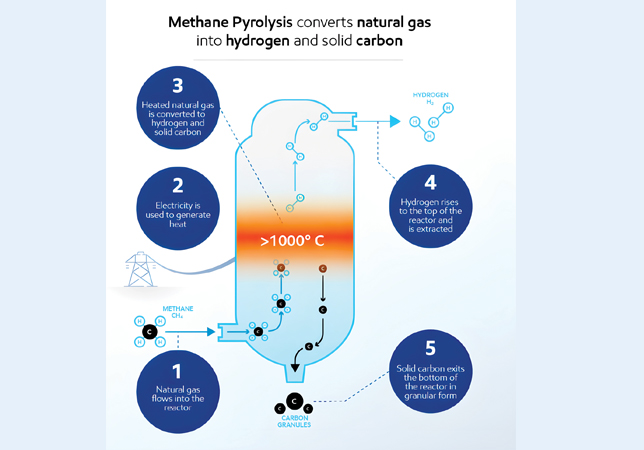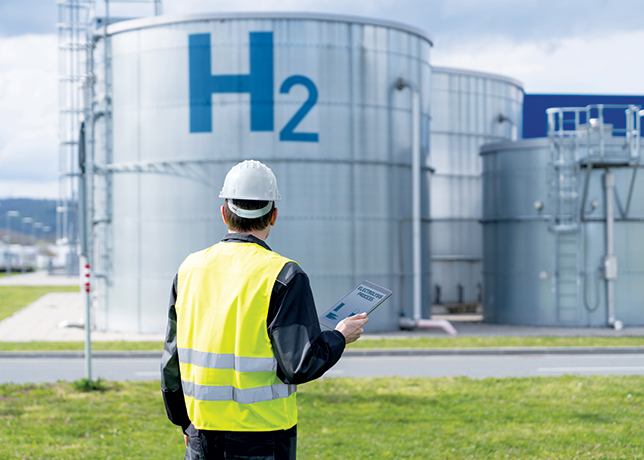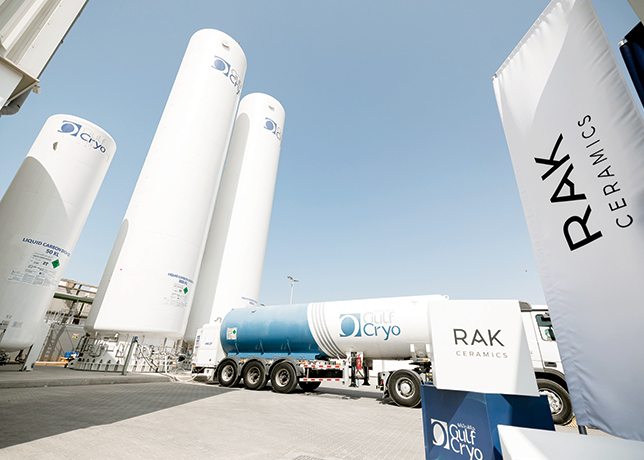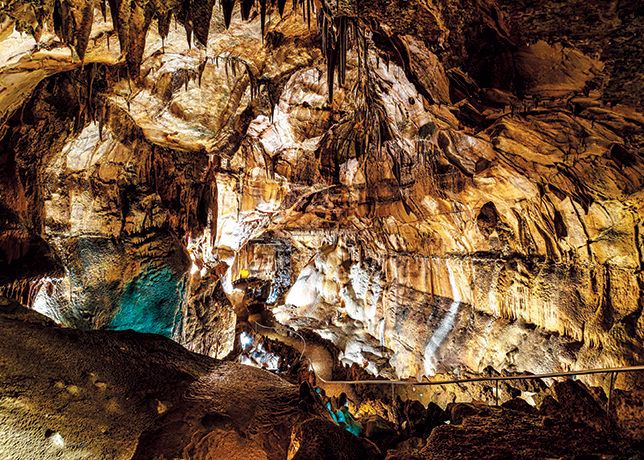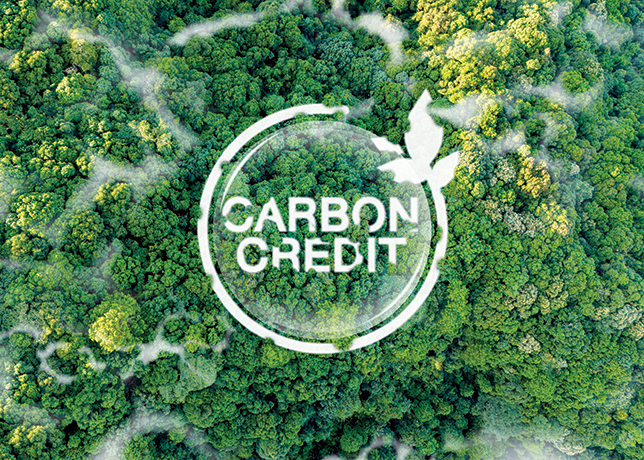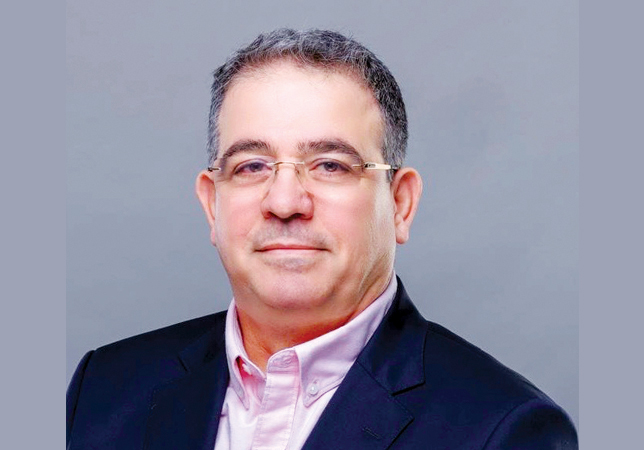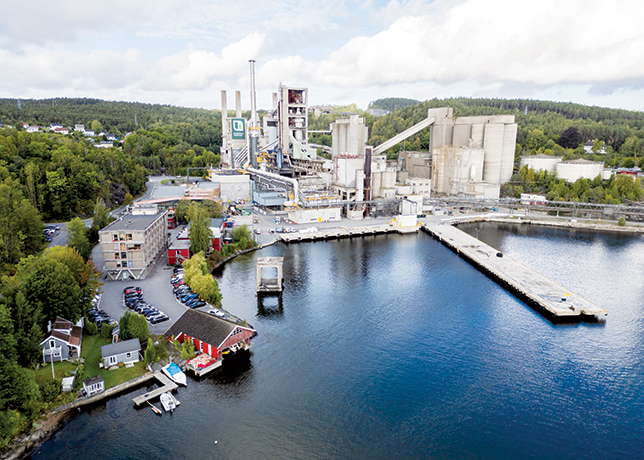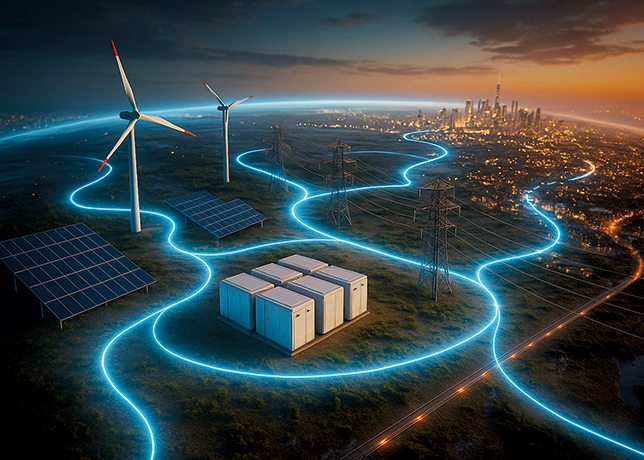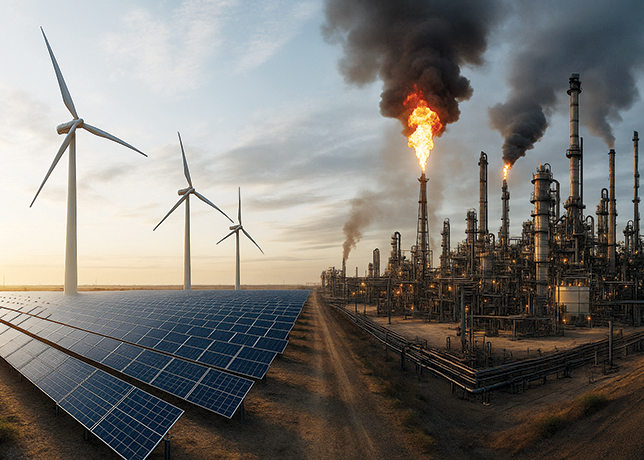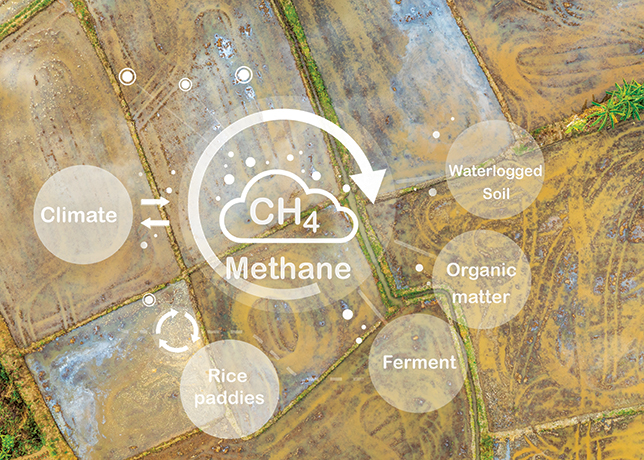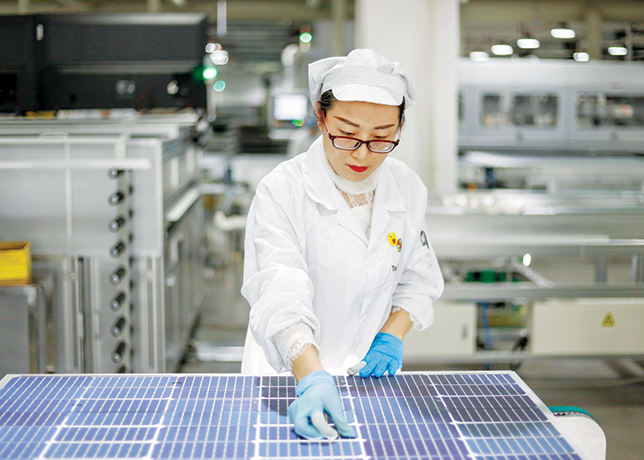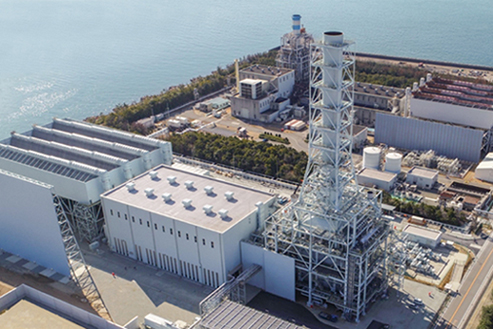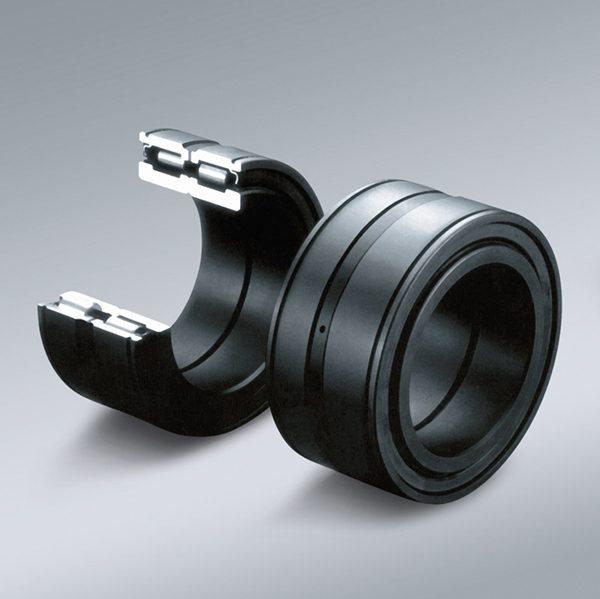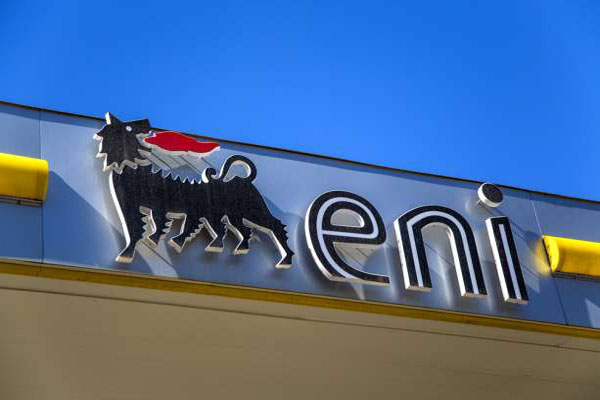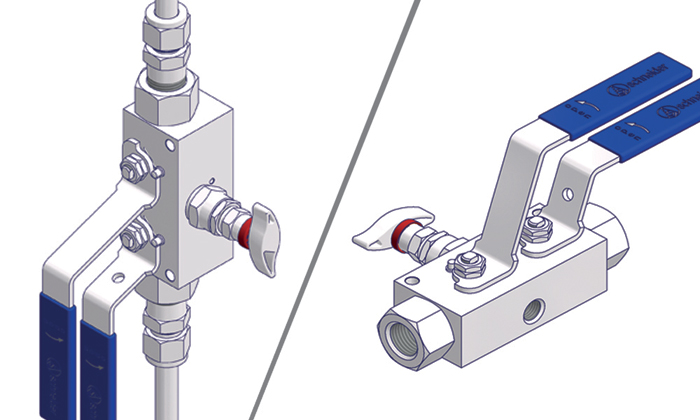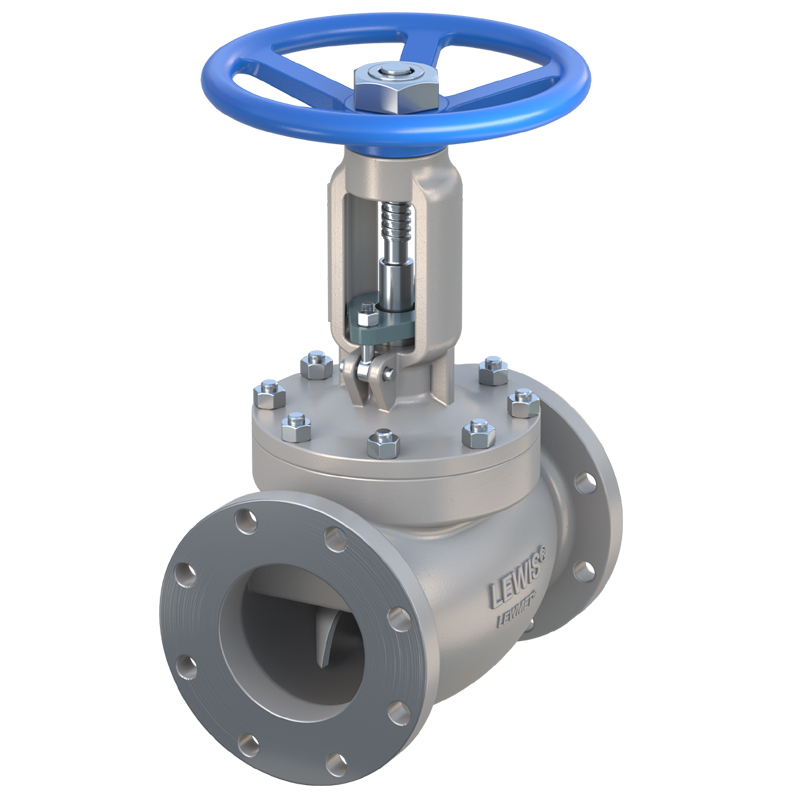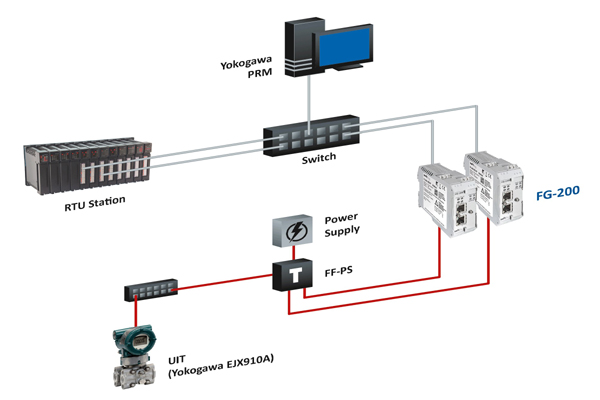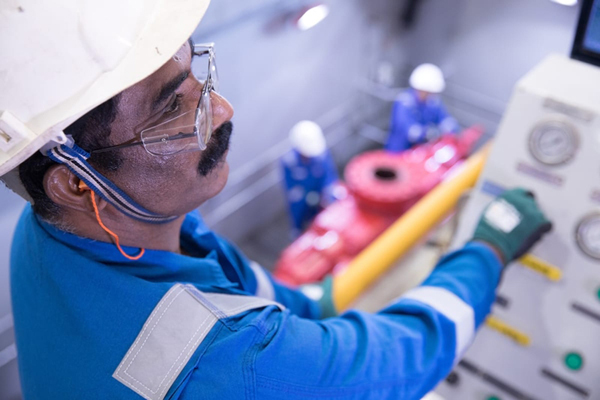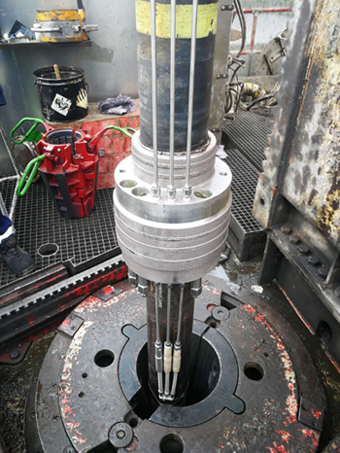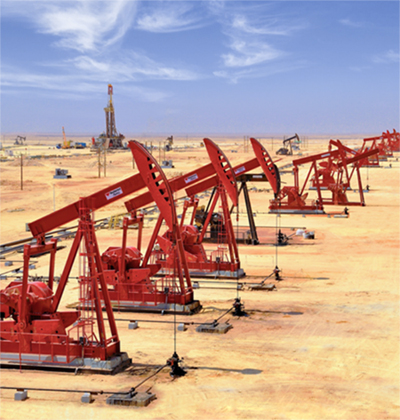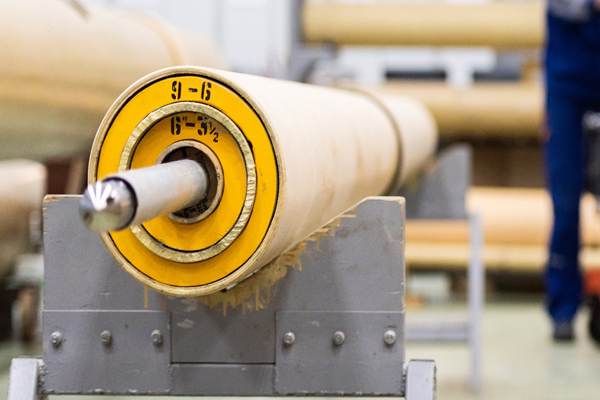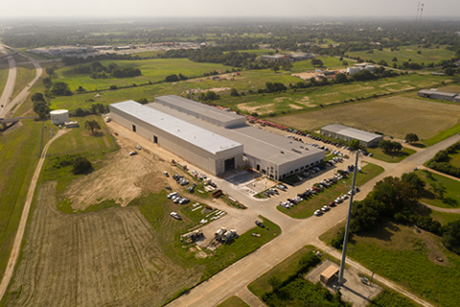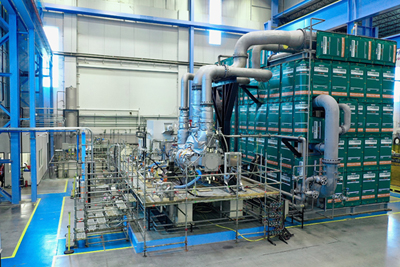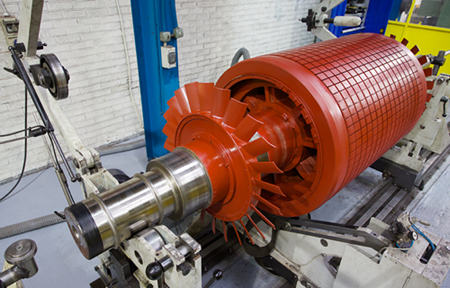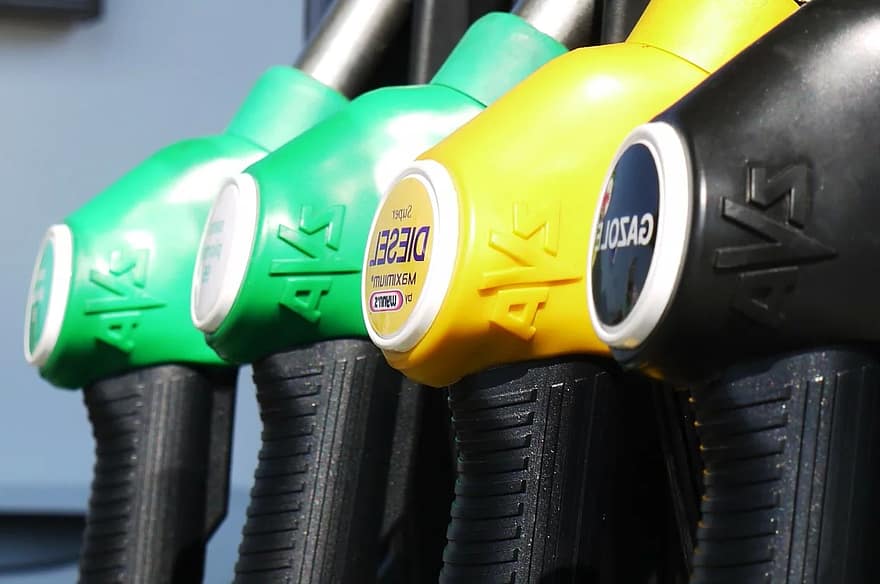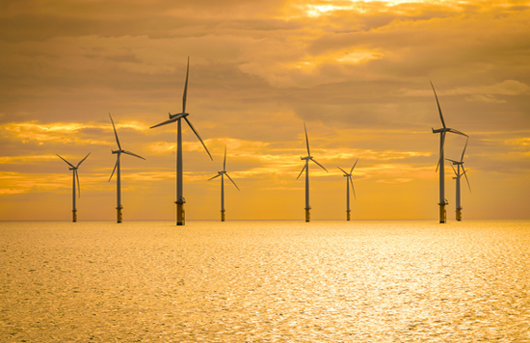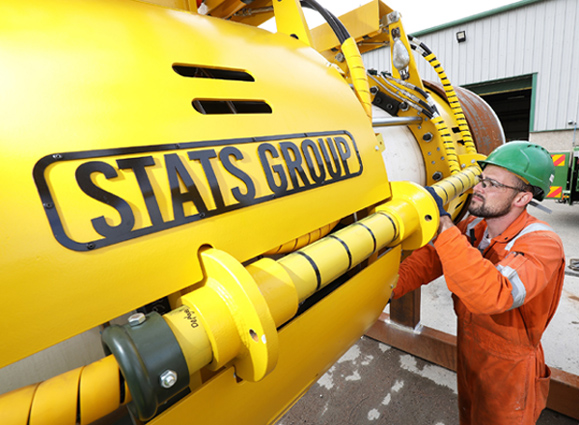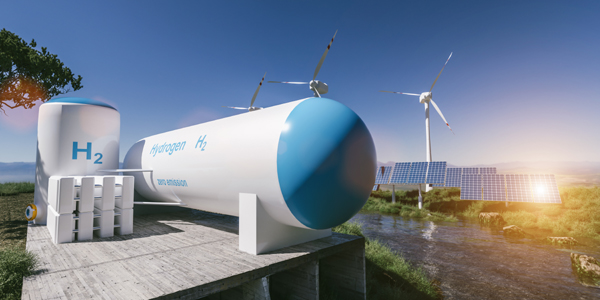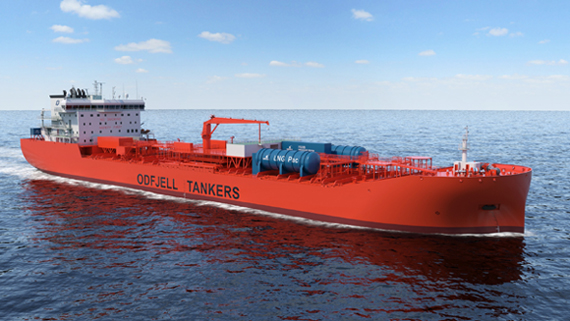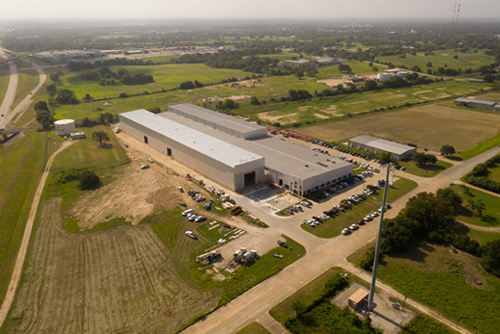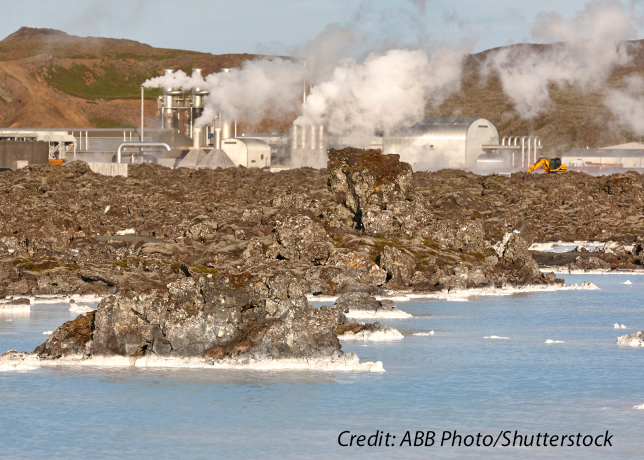
 The Blue lagoon geothermal waters in Iceland
The Blue lagoon geothermal waters in Iceland
Geothermal is poised to become an increasingly significant contributor to the global clean energy portfolio, thanks to technological breakthroughs and a changing investment landscape,
Jeremy O’Brien tells OGN
As the world grapples with the need to transition to cleaner and more sustainable energy sources, geothermal energy stands out as a promising contender to help the world meet United Nations Sustainability Development Goals (UNSDGs).
'Used by humans for thousands of years for heating and cooking, this old yet still innovative baseload energy source has the potential to modernise energy production, offering a reliable, consistent, and environmentally friendly alternative to conventional fossil fuels,' Jeremy O’Brien, Segment Director, Energy at Seequent, tells OGN energy magazine.
A recent report by the International Renewable Energy Agency (IRENA) predicted that the output of geothermal in Europe could increase eight-fold by 2050.
Additionally, a 2019 US Department of Energy (DOE) report found that by overcoming technical and financial barriers, generating electricity through geothermal methods could increase an enormous 26-fold by 2050, providing 8.5 per cent of the United States’ electricity, as well as direct heat.
THE GAME-CHANGING POSSIBILITIES
 |
Jeremy O’Brien |
The environmental and economic benefits of geothermal energy are compelling. Unlike fossil fuels, geothermal energy is a renewable resource that produces minimal greenhouse gas emissions.
As one of only two clean baseload options, the other being nuclear, geothermal can supply significantly more carbon-free heat and continuous baseload power, something that other renewable but more intermittent forms, such as wind and solar power, are unable to do.
Additionally, the jobs created by development of geothermal energy can be a welcome shot in the arm for local communities, particularly in regions where there is significant geothermal potential.
According to the 2023 World Bank Geothermal Energy report, jobs created by geothermal are not only more numerous than natural gas on a per megawatt basis, but also of better quality and longer duration.
Also, geothermal energy is versatile; it can be used for electricity generation, direct heating and cooling, and even in agricultural applications.
In Iceland geothermal not only generates electricity, but it also heats homes and swimming pools, grows food in greenhouses and even powers plastics recycling and the manufacturing of skincare products.
Meanwhile, Munich has plans to achieve carbon-neutral heating by 2040, primarily by boosting its geothermal supply and as many as 250,000 Parisian homes are now warmed by geothermal energy pulled from hot water aquifers beneath the city.
This versatility only serves to enhance the attractiveness of geothermal as a comprehensive solution for various energy requirements.
CONTINUOUS IMPROVEMENT
With advancements in technology, the efficiency and reach of geothermal energy are continually improving, making it a more viable option for a wider range of locations.
Take Google’s partnership with Fervo Energy. Fervo developed a pilot 3.5-MW next-generational geothermal power plant in Nevada which now delivers carbon-free electricity to the grid that serves power to the tech giant’s data centres.
The learnings from this venture, which used Seequent’s subsurface software Leapfrog Energy, paved the way for Fervo Energy’s Cape Station project in Utah.
When finished the Cape Station plant will deliver 400 MW of carbon-free electricity to the grid, as well as creating an estimated 6,600 jobs during construction, another 160 operational jobs and pumping $437 million in wages into the economy.
The technology, expertise, and economic incentives are aligned to make geothermal energy a cornerstone of the global clean energy portfolio.
Understanding the world beneath our feet is critical to achieving this objective, and as a key technology partner in the geothermal space, Seequent is at the forefront of the geoscience innovation that will drive us towards that goal.
By embracing geothermal energy, we can advance towards a more sustainable and resilient energy future to the benefit of both people and planet.
THE CHALLENGE
Geothermal’s potential will not be realised without concerted effort. The US Department of Energy has noted that if geothermal develops along its projected pathway, only minimal growth and market share will be realised by 2050 – certainly not enough to shift the dial.
The department added that while streamlining regulations and policies play a role in changing the outlook, the major step change in deployment relies on technology advancements across the geothermal lifecycle, from de-risking exploration to lower-cost drilling and improved reservoir development to accurately capture geothermal energy’s market value.
Supercritical geothermal, characterised by its ability to generate significantly higher temperatures and energy outputs compared to conventional geothermal sources, could revolutionise the sector.
Last month’s announcement that the New Zealand Government plans to allocate $60m to explore supercritical geothermal underscores this potential.
The technology, expertise, and economic incentives are aligned to make geothermal energy a cornerstone of the global clean energy portfolio.
THE ROAD AHEAD
Geothermal energy is not just a relic of the past; it is a vital component of the future. Its unique advantages make it an indispensable part of the clean energy revolution.
Therefore, it’s important that best practices be shared, ground-breaking technologies be developed and awareness and understanding be driven of how geothermal can help mitigate climate challenges.
Looking ahead to 2025 and beyond, the world must partner and collaborate, uniting to discover intelligent and sustainable solutions that benefit both people and the planet.
In this spirit, Seequent and the International Geothermal Association have announced a two-year partnership to raise awareness of geothermal’s potential.
FAST FACTS:
• Geothermal energy is weather-independent, contributing to grid stabilisation.
• The first geothermal energy plant in Italy in 1904 produced enough steam to power five light bulbs.
• In 2022, geothermal energy contributed 18.5 per cent of New Zealand’s total electricity supply.
• More than 90 per cent of Icelandic households are being heated by geothermal energy.
• 250,000 Parisian homes are warmed by geothermal energy.
By Abdulaziz Khattak








